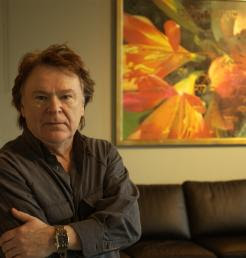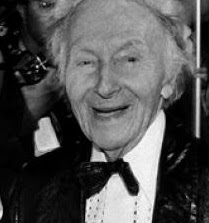Yankel Ginzburg is a world renowned and sought after artist due to both his skill and versatility. His skill in a wide range of mediums including paintings, sculptures, and tapestries has gained him respect from critics, peers, and collectors alike. Born in Kazakhstan in 1945, he moved to Israel at age 9 where he later developed his passion for painting. Beginning at a young age, he pursued an education in art and sold his first painting at nineteen. After that time, Yankel Ginzburg traveled back and forth between the United States and Israel to sell his art. From that point in his career, his popularity continued to grow steadily. Soon, he began setting up one man shows all over the world. He has been commissioned by a number of world governments and organizations to produce special works of art in a variety of styles and mediums. His work is now showcased in museums all over the world and he has grown to become one of the most iconic and respected artists of the twentieth century.
The most collectible of all Yankel Ginzburg art are his paintings. Since the artist considered himself a painter first who moved into other mediums his paintings have remained some of his most collectible works. Yankel Ginzburg paintings are famous for their innovation, excellent craftsmanship, and vivid and realistic use of color. While Yankel Ginzburg paintings and sculptures demonstrate a mastery of classic technique, he also pushes the envelope through his innovative and at times surreal designs, showing three dimensional, intentionally distorted, or partially abstracted images. This has created a unique signature that all Yankel Ginzburg art shares. At the same time that Yankel Ginzburg demonstrates immense range through his mastery of varied mediums, he also show great range through his mastery or varied styles. He can create more lift like works of art along with very abstracted work. Despite this vast range and variances throughout all of his work, Yankel Ginzburg paintings, sculptures, and tapestries all showcase his unique style and have a signature that is unique to the artist. Any art collector or critic can easily identify his work through his stylistic hallmarks despite his immense range in style, medium, and technique.
Yankel Ginzburg art consistently demonstrates a great cultural awareness. While religious themes played a major role in his early work, he has expanded the social consciousness of his work through his development as an artist. He now emphasizes religion, cultural development, and peace through his art. Yankel Ginzburg’s famous“Freedom Road” Tapestry which is displayed in the United States Holocaust Museum is a prime example of the artist’s ability to inject social awareness into his art. He also was the first Israeli artist to have an exhibit in Cairo, Egypt. Yankel Ginzburg’s social and political passion have influenced his works of art and added to his unique artist’s signature.
Yankel Ginzburg has shown himself to be a unique and multi-talented artist. Yankel Ginzburg art is extremely popular and collectible due to his great skill and extreme diversity in mediums and techniques.


